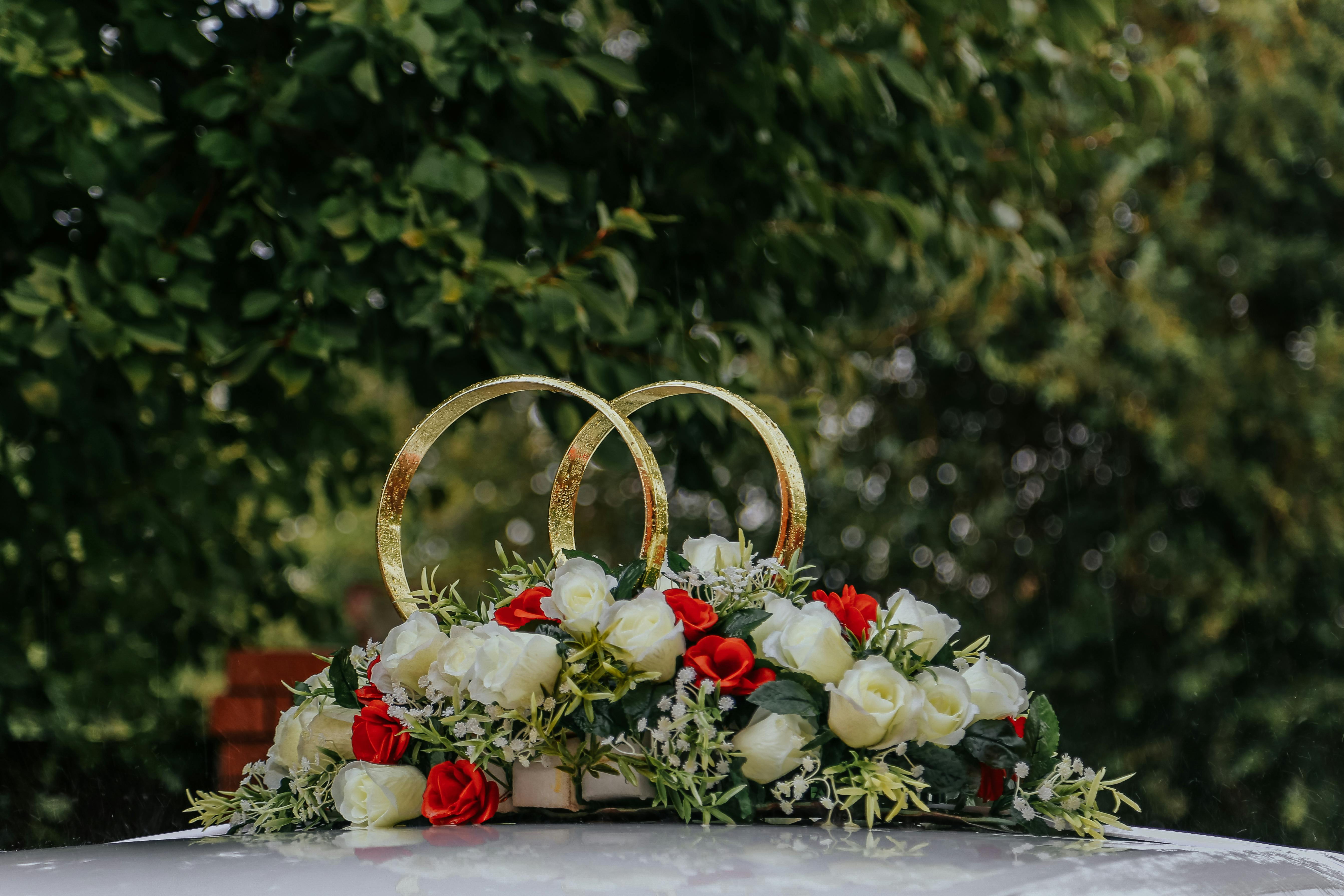You have been working hard on your rose garden to make it everything you ever thought a rose garden could be. Then you walk away, take a deep breath, look at your wonderful rose garden and ask yourself, can I do more? Yes. You can do more. To enhance a good garden, you could grow climbing roses.
Climbing roses are a perfect addition to your already planted rose garden or flower garden, or can be used to help make a fence look better. When it comes to choosing the best climbing rose for your use, there are four things you need to worry about. They are shade tolerance, disease, size, and re-bloom factor.
When growing climbing roses, you want to make sure you have the right rose for the right type of shade. As you may know, roses generally need a full 6 hours of direct sunlight, so when choosing the area to plant your climbing rose, make sure you have enough sunlight for it. If the area it is planted in does not receive at least 6 hours of sunlight, it would be best to find a species that has good shade tolerance.
A species of rose called Hybrid Musk Rose could withstand up to half a day of shade. Buff Beauty, Lavender Lassie, Cornelia and Kathleen are a few more that also fall into that category. You’ll need to talk to your local nursery to find out what other species can handle the amount of shade. There are some white, light pink, and light yellow climbers that also have good shade tolerance.
Preventing and fighting diseases is not always an easy task to handle. You don’t want to have to fight off any disease while your rose bush is planted and growing, so take preventive measures to avoid disease. Having to care for a sick climbing rose plant can be difficult, as you may not be able to check some parts of the plant.
Growing climbing roses along a wall can cause mildew disease as the plant receives less fresh air movement from all sides. Staying away from a wall a good 2 inches should be good enough to keep your climbing rose disease free. When growing climbing roses on fences and trellises, they rarely get a disease, as they have full sunlight and plenty of fresh air.
Size is an important aspect to consider when growing climbing roses. By choosing the rose you want to make, you will have enough ceiling height for it to grow. The Brunner, for example, is a species known for growing tall and aggressive. There have been a few Brunner climbing roses that have actually brought down porches due to their sheer mass.
You don’t want to buy an aggressive rose plant if you’re short on roof space. Buying something like a Blush Noisette would be very ideal if you only have enough room to grow 8-10 feet. Again, you will need to speak to your local nursery for more information on these types of climbing roses.
If your garden is set up to bloom alone, then Lady Banks or Belle of Portugal may be the best addition to your rose garden. Kiftsgate and Felicite and Perpetue are two others that only bloom once a season. If you’re looking to grow a climbing rose that blooms from spring through fall, a White Sombreuil may be more suitable for you. With the help of your local species-specific nursery, you should have impressive climbing roses growing.
